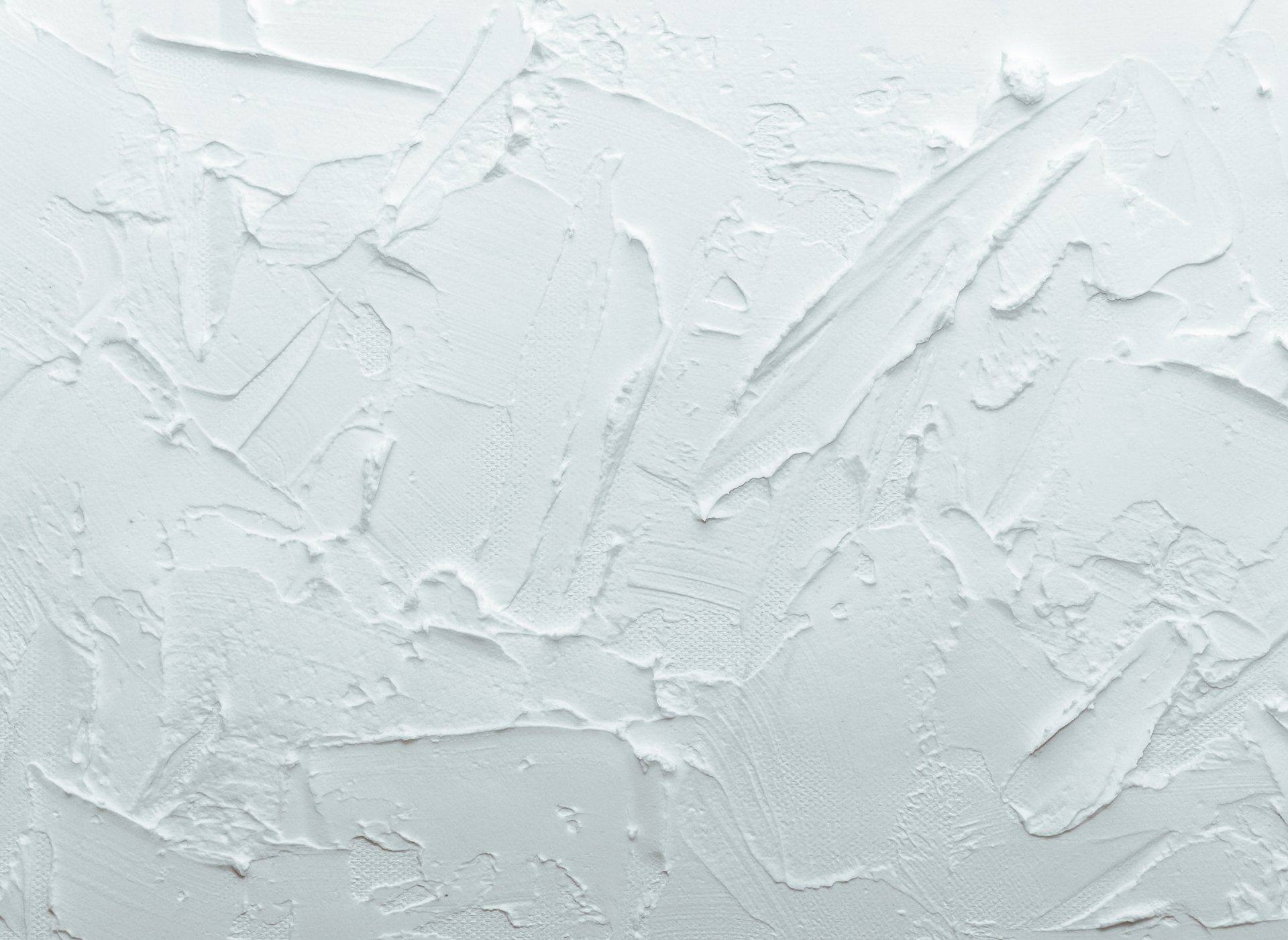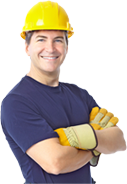DRYWALL TEXTURING CONTRACTOR

Drywall Texturing Contractors
Drywall texture is a decorative feature added to plaster walls, sheetrock walls and masonry walls. The texture serves to enhance the beauty of the wall by giving it an attractive look. This decorative feature is generally translucent, making it easy to see the details of the wall underneath. It is usually painted with an oil-based paint, although textured paints can also be used.
Another popular drywall texture is the popcorn texture, which is especially popular on ceilings. Popcorn texture is made by adding a thin layer of silicon based paint to the surface of the wall. Various colors and finishes are available. It looks great in kitchens and dining rooms, but can also be used on ceilings, attics and garages.
Drywall texturing material is not just applied to cover defects; it adds a finishing touch to the wall. For example, if you are repainting a room that has an uneven surface, you can use drywall without texture to create a smoother surface. Smooth finishes drywall is made by applying a smooth paint to the wall with a brush. You do not need to apply any texture.
There are several types of textures that can be used on the wall, including a paintable drywall texture, ceiling textures, exterior wall textures, trim textures, and molding textures. Painting with paint or using paintless techniques also has its benefits. To get the best results, you should work with a professional texture technician. Paintable texture drywall is ideal for walls that are being painted because the textured drywall can be removed easily to paint. Paintable drywall has a smooth and sturdy surface. Some surfaces are textured for aesthetic appeal, while others have been specially textured to serve a specific purpose. The surface of these walls can be removed easily and repainted if there are repairs needed. Paintable textures are also good for small bathrooms or kitchens where you don't want the walls to be too noticeable.
If you choose a texture that has smooth texture finish, it will take a little longer to dry and will look more polished. If you use a smooth product, it will give your walls a rough and unfinished look. Because of this, it is important to get good quality. In some cases, it is necessary to buy custom-made mud drywall products to get the best result.
If you are going to perform DIY drywall texturing, there are some things you should keep in mind before starting. One of the most important things to remember is to wear safety glasses at all times when doing any kind of wall taping or texture application. Drywall finishing compounds can be very dangerous if they are not applied correctly, so you should wear some protection. When using a texture product to apply to the wall, you should make sure that you do not puncture the drywall because this will make it much harder to finish. Any small pieces of plaster or wallpaper can puncture the drywall and ruin the whole finish.
Once you've finished applying the texture to the walls, you will need to sand the area very well. This is especially true if the finish was sprayed on a wood frame.
It is important to get rid of all the old joint compound between the drywall and the frame because this slows down the drying time. You can either sand the entire drywall surface or just the joints between the drywall and the frame. Once the sanding is done, you can apply the mud by lifting the hopper out of the wall and pouring the mud into the hopper. You will then raise the hopper back into the wall so that the mud can settle into the spaces between the drywall and the frame. You will need to mix a medium grit sandpaper with a little bit of water to make it easier to fill the gaps between the mud. The mixture you use should be plenty of water but not necessarily wet enough to dampen your hands. Using too much water will mess up your texture and may give you problems later on as you try to finish the project.
Once the mud has been mixed with the water, you will spray the compound onto the drywall and let it sit for a few minutes. After the time is up, you will put the mud in the top joint of the frame where the texture finishes. If you have done it correctly, the compound will stick to the drywall like glue and the finish will last for years if you take good care of the joint and the compound. Texture drywall is not the easiest drywall technique to master but with practice and experience you will get the hang of it. It is a great way to add a little bit of fun to a room without having to completely replace the wall. It can also be done with a sprayer, a roller, or a hands-on technique, whichever you feel more comfortable with.


